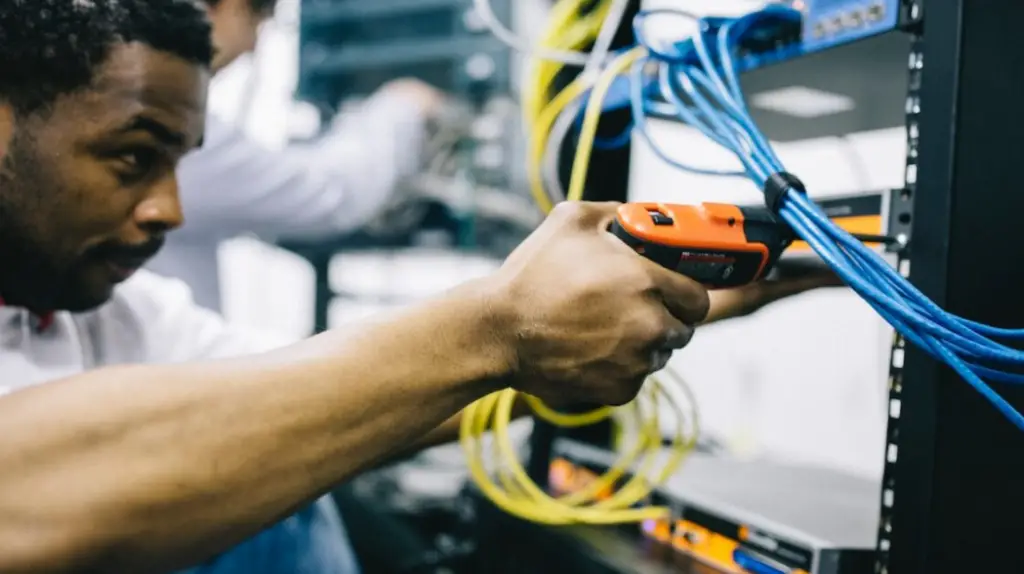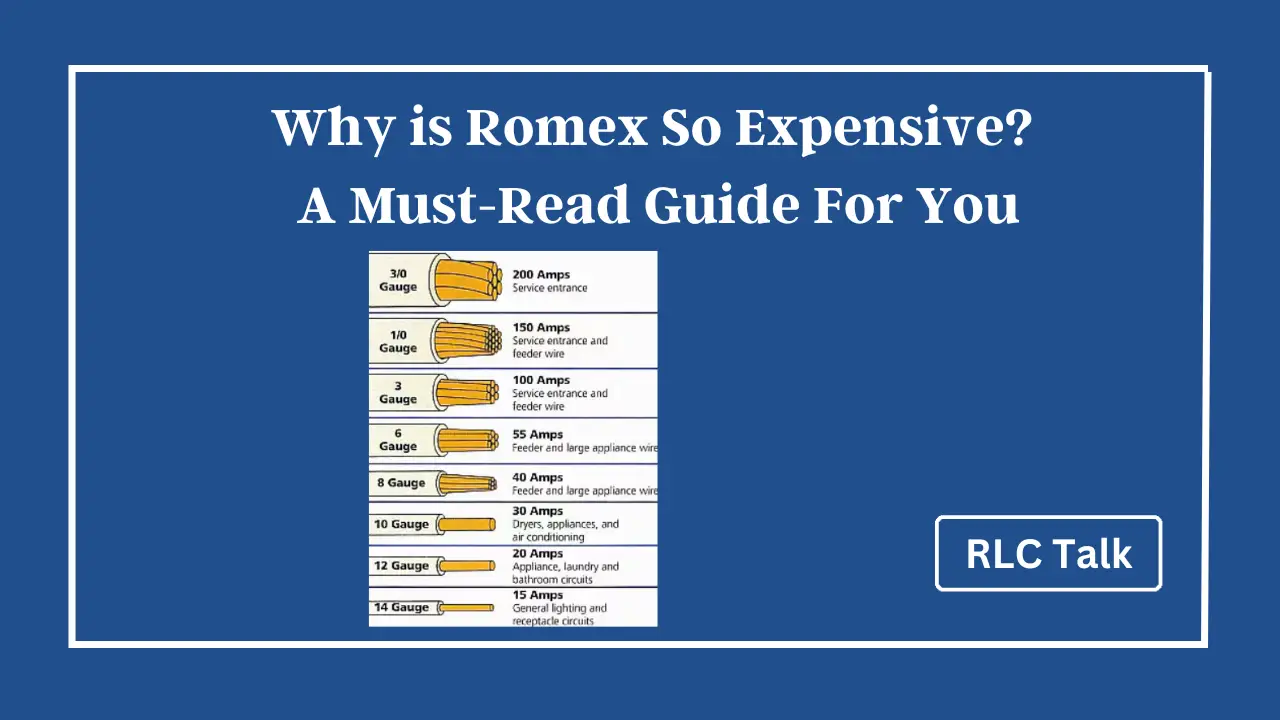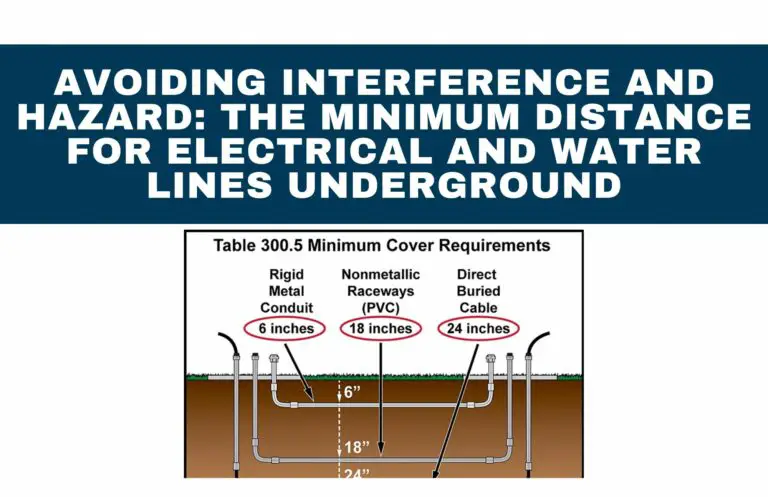Why is Romex So Expensive? A Must-Read Guide For You
Romex is relatively expensive due to various factors. These include the quality of materials used, the manufacturing process, compliance with safety regulations, and the costs associated with obtaining certifications. Additionally, market demand and supply dynamics can also influence the pricing of Romex electrical wiring.
Romex, a widely used electrical wire, is renowned for its safety and reliability in residential and commercial applications. However, many consumers often wonder why Romex has a higher price tag than other wiring options. In this article, we delve into the various factors that contribute to the cost of Romex and shed light on the complexities behind its pricing.
Why is Romex so expensive?
When we discuss why Romex is very expensive, we should consider some special points. So not, let’s dive into this.

Raw Materials and Manufacturing Process
Copper as the primary raw material
Copper, a key component of Romex, plays a vital role in its overall cost. The price of copper is subject to market fluctuations influenced by factors such as global demand, mining output, and economic conditions.
As a result, variations in copper prices can directly impact the cost of manufacturing Romex. Despite its price volatility, copper is the preferred choice for electrical wiring due to its exceptional electrical conductivity and durability.
Insulation materials
Romex is equipped with high-quality insulation materials to ensure electrical safety. Different types of insulation, such as PVC (polyvinyl chloride) and THHN (thermoplastic high-heat-resistant nylon), offer varying degrees of protection and performance.
The cost of these insulation materials can vary due to factors like availability, fire resistance ratings, and compatibility with different environments. Consequently, the choice of insulation material significantly influences the overall cost of Romex.
Manufacturing process of Romex
The production of Romex involves a sophisticated manufacturing process that requires precision and specialized equipment. Skilled labor and advanced machinery contribute to the higher manufacturing costs associated with Romex.
Combining copper conductors with insulation layers necessitates careful quality control measures, resulting in increased expenses.
Safety and Compliance Standards
Stringent safety regulations in the electrical industry
The electrical industry prioritizes safety and reliability due to the critical nature of electrical systems. Romex must meet rigorous safety standards to ensure protection against electrical hazards.
Extensive testing, adherence to industry regulations, and certifications add to the expenses incurred during the manufacturing and quality assurance stages.
Compliance with building codes
Electrical installations must comply with specific building codes and regulations to guarantee occupant safety. Romex must meet these codes, which vary across jurisdictions, adding costs associated with compliance testing, certification, and continuous updates to ensure adherence to evolving safety standards.
8/2 Or 8/3 Wire For Stove – What’s Best?
rlctalk.com
Research and Development
Continuous improvement in Romex technology
Manufacturers invest significant resources in research and development to enhance Romex’s performance and safety.
Advancements in insulation materials, such as improved fire resistance and reduced environmental impact, require extensive testing and experimentation. These innovations aim to provide consumers with higher-quality products, albeit at a higher cost.
Investment in research and innovation
Research and development initiatives involve substantial investments in facilities, equipment, and skilled professionals.
The costs associated with developing new technologies and improving existing manufacturing processes contribute to the overall price of Romex. However, these investments drive progress and lead to safer, more efficient electrical wiring solutions.
Market Factors
Supply and demand dynamics
The demand for Romex is closely tied to the construction industry, as new buildings and renovations require electrical wiring.
Fluctuations in construction activity, driven by economic conditions and seasonal variations, can impact the demand for Romex. Additionally, shifts in demand influence the pricing strategies of wire manufacturers.
Market competition and pricing
The market for electrical wiring is highly competitive, with various manufacturers vying for market share. Different brands offer Romex at different price points, depending on factors such as brand reputation, marketing strategies, and product differentiations. While Romex may appear expensive in comparison to other wiring options, the cost can vary among competing brands.
What is better than Romex?
While Romex is a widely used and reliable electrical wiring option, alternative wiring methods may be preferred in certain situations. Some alternatives to Romex include:
- Conduit Wiring
Conduit wiring involves running individual wires through a protective conduit. It offers greater flexibility, durability, and protection against damage compared to Romex. It is commonly used in commercial and industrial settings where wiring needs may be more complex.
- Armored Cable (AC)
Armored cable, also known as BX cable, consists of conductors encased in a flexible metal sheath. It provides enhanced protection against physical damage, making it suitable for areas where wiring may be exposed to potential hazards.
- Metal Clad Cable (MC)
Metal Clad cable is similar to AC but has an additional grounding conductor and a thicker metal sheath. It offers superior protection against electrical interference and can be used in both residential and commercial applications.
- Non-metallic Sheathed Cable (NM-B)
NM-B cable, also known as “Romex,” is a popular choice for residential wiring due to its ease of installation. However, the alternatives mentioned above may be considered when increased durability, flexibility, or protection is required.
It’s important to consult a qualified electrician or follow local building codes and regulations to determine the most appropriate wiring method for a specific application.
Can You Use Two Different Gauge Wires Together? Must Read
rlctalk.com
Conclusion
The cost of Romex is influenced by many factors that ensure its quality, safety, and compliance with industry standards. The high-quality copper conductors, specialized insulation materials, stringent safety regulations, and compliance with building codes all contribute to the higher price of Romex.
Research and development investments, market dynamics, distribution logistics, and environmental considerations further impact its cost. While the expense of Romex may seem significant, it reflects the commitment to providing reliable and safe electrical wiring solutions. By understanding the intricate factors contributing to its cost, consumers can appreciate the value and importance of quality electrical materials in their homes and businesses.






